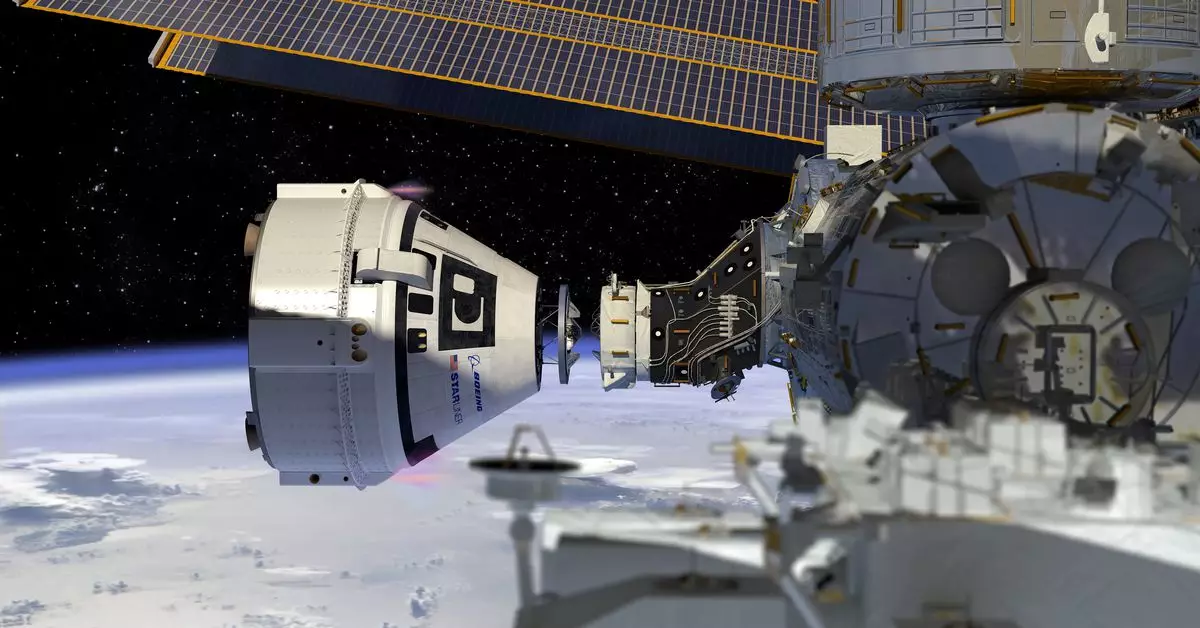NASA administrator Bill Nelson recently announced that US astronauts Sunita Williams and Barry Wilmore are set to return next February with the SpaceX Crew-9 mission after spending over 80 days aboard the International Space Station (ISS). This decision comes after a series of setbacks experienced by Boeing’s Starliner spacecraft, complicating the original plans for the astronauts to return to Earth on the same vehicle they launched on.
According to NASA Commercial Crew Program manager Steve Stich, the decision to return the Starliner uncrewed was due to the uncertainty surrounding the spacecraft’s thrusters. Stich mentioned that the data collected over the summer highlighted the unpredictability of the thrusters, posing a potential risk to the crew on board. He emphasized the importance of safety and the need to prioritize the well-being of the astronauts, leading to the choice of an uncrewed test flight for the return journey.
Addressing concerns about rebuilding trust with Boeing, NASA Associate Administrator Ken Bowersox acknowledged the challenges faced in making such decisions. He highlighted the importance of maintaining a healthy discourse within the team and the need to work together to overcome difficult situations. Despite the setbacks, Bowersox reiterated NASA’s commitment to continuing collaboration with Boeing, emphasizing the shared goal of advancing space exploration.
Stich reflected on the different perspectives on risk evaluation between NASA and Boeing, noting the close call in determining the best course of action. He praised Boeing for their efforts in building a reliable model but emphasized the need for greater confidence in predicting performance for crewed missions. The decision to opt for an uncrewed test flight was based on minimizing risks and ensuring the safety of the astronauts returning from the ISS.
The challenges faced by the Starliner, including thruster failures, helium leaks, and valve issues, have highlighted the complexities of space travel and the importance of thorough testing and assessment. NASA’s investigations at the White Sands Test Facility revealed possible reasons for the thruster failures, such as deformed Teflon seals. However, the lack of definitive answers underscored the need for caution in deciding the best approach for returning the astronauts safely to Earth.
With the decision to bring back the astronauts on the SpaceX Crew-9 mission, scheduled for launch in late September, NASA looks forward to continued collaboration with SpaceX in facilitating crewed missions to the ISS. The partnership between NASA and SpaceX has proven successful in previous missions, demonstrating the potential for future cooperation in advancing human spaceflight.
The future of US astronauts returning from the International Space Station is influenced by a series of challenges, decisions, and collaborations with commercial partners. The resilience and adaptability demonstrated by NASA and its partners in navigating setbacks and uncertainties reflect a commitment to prioritizing safety and innovation in space exploration. As the space industry continues to evolve, the lessons learned from past experiences will shape the approach to future missions, fostering a culture of continuous learning and improvement in achieving new milestones in human spaceflight.


Leave a Reply